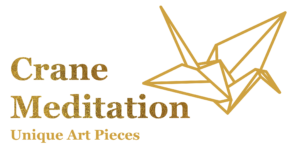The Story Behind the First 1000 Cranes
It was some time ago that my mother received the unexpected diagnosis: Cancer. I was devastated.
She was – and still is – one of the warmest people I've ever met. She had made it her life's work to offer children with disabilities a perspective, regardless of their origin or descent. Even in my toughest times, she was always there to support me.
Her lifestyle was always healthy and sporty and we sometimes joked that if there was karma, she would probably be immune from all dangers.
But cancer doesn't care about what we do on a daily basis, our lifestyle or the love we have for other people.
What followed were first weeks, then months of constant worrying, examinations and operations.
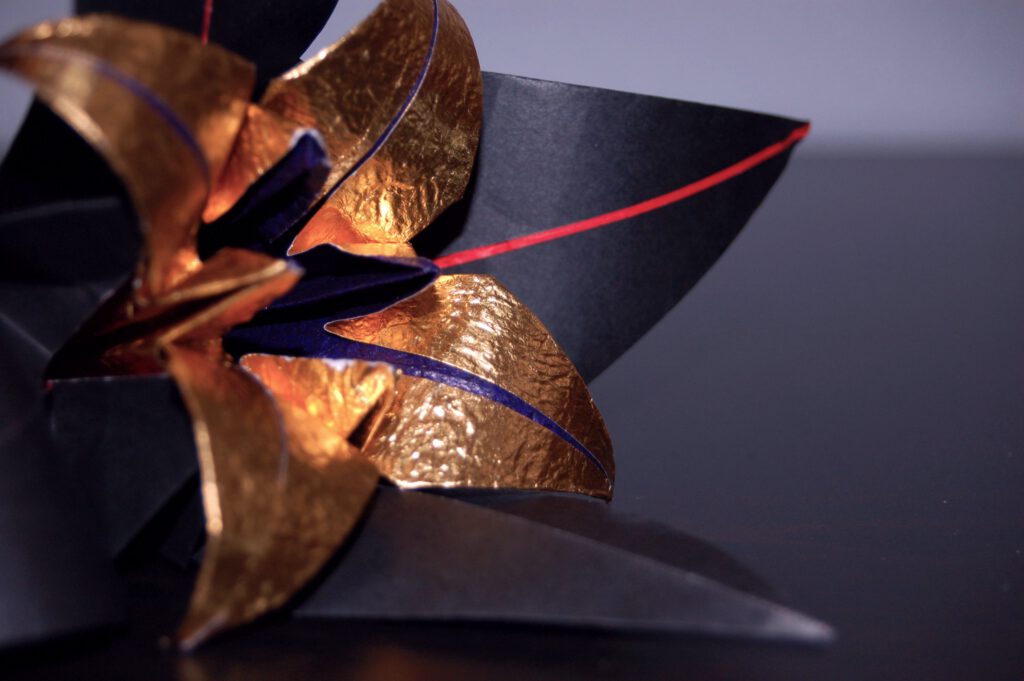
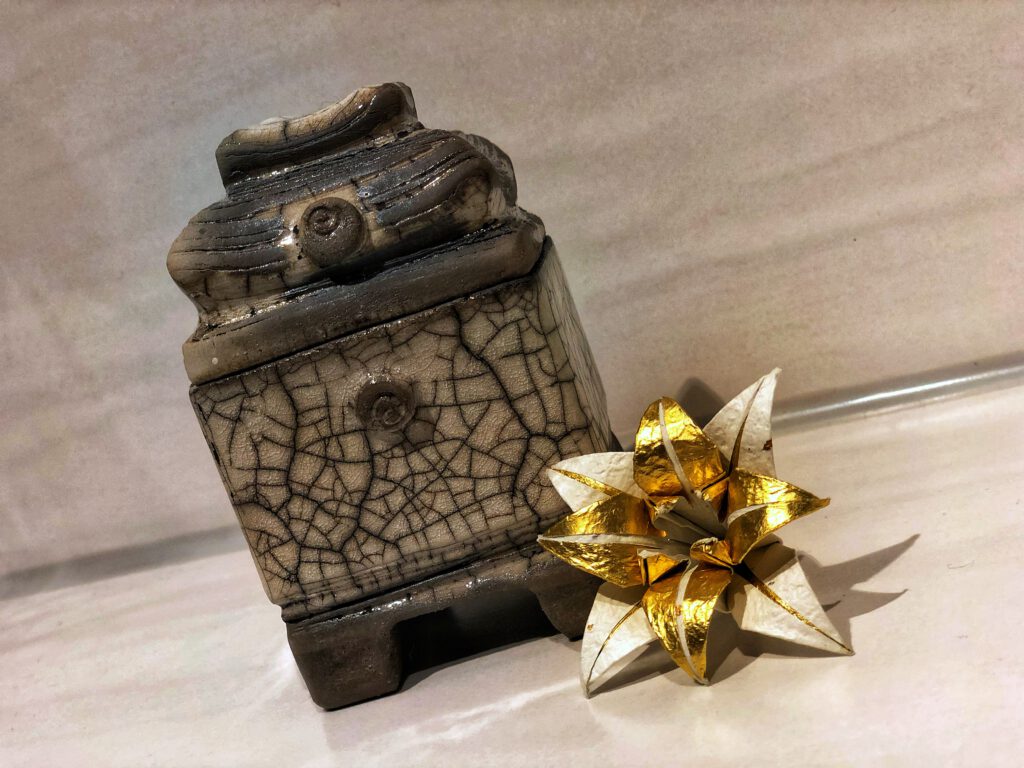
In the times that followed as her cancer worsened, I fell into a strange kind of depression. I couldn't just be sad, because she was still there and sometimes, when she wasn't in hospital, you could think everything was normal, like it used to be.
But after a few operations, when she couldn't move for weeks at a time, too exhausted and emaciated, it was almost as if all hope was already lost.
Then I meandered between two worlds: Imagining how she could recover and what it would be like if she left us now. But neither side corresponded to reality and we found ourselves in a state in between loss and hope - each side driven almost daily by the ever-changing opinions of doctors, friends and people who felt they had to interfere.
Strangely, it was never my mother herself who lost her strength. She always tried to be as active as her physical abilities allowed at that moment. If her pain allowed it, there was always a smile on her face. I hadn't told my own friends about it until then - it felt like I was betraying her strength by doing so, when I myself would look to others for comfort. And just like my mother, I didn't want to burden the compassion of those close to me and drag them down with me to this dark place where I vegetated.
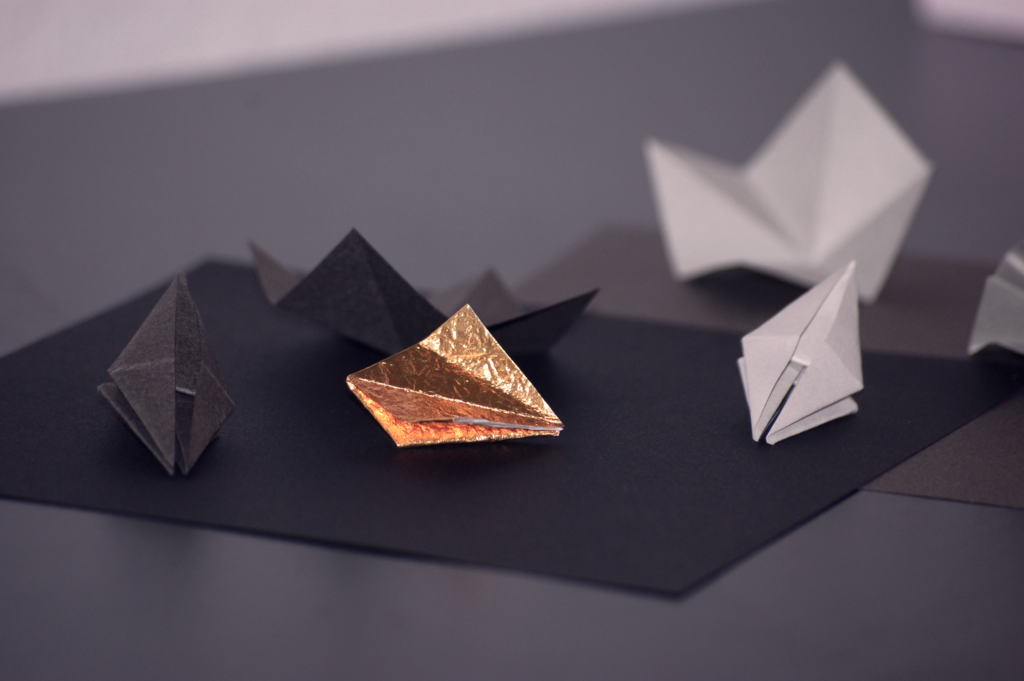

First weeks, then months, and finally a whole year went by, full of ups and downs, hope and despair. During this time I felt like I was wandering aimlessly. It was after another visit to the hospital, when I returned to my distressed state, that I realised something had to change.
A whole year had passed, full of hospital visits, worried phone calls and, above all, self-pity.
My university grades, hard-earned in the years before, were sinking, the last drops of my motivation and love of life were fading fast and I did not want to and could not even imagine the final destination.
More and more I felt like I was betraying her and her strength by letting this misfortune drag me and her down.
And I noticed exactly that lately it was not her condition that made her sad, but mine.
It was this moment when I felt the need for change by starting to fold Origami Cranes.
I had seen folded cranes again and again in my past, always associated with feelings of hope and connection - and I could make good use of that at this moment. My mother and I had always felt a special connection to Japanese culture - hence my Japanese middle name - Yukio (征男 - ユキオ).
At first they still looked crooked and wrinkled - but in those moments I managed to come to terms with my sadness. When I focused on the folding, I didn't repress it all, but began to process it.
This time was like a meditation in which I could feel how, bit by bit, I could regain the strength to pull myself out of my hole.
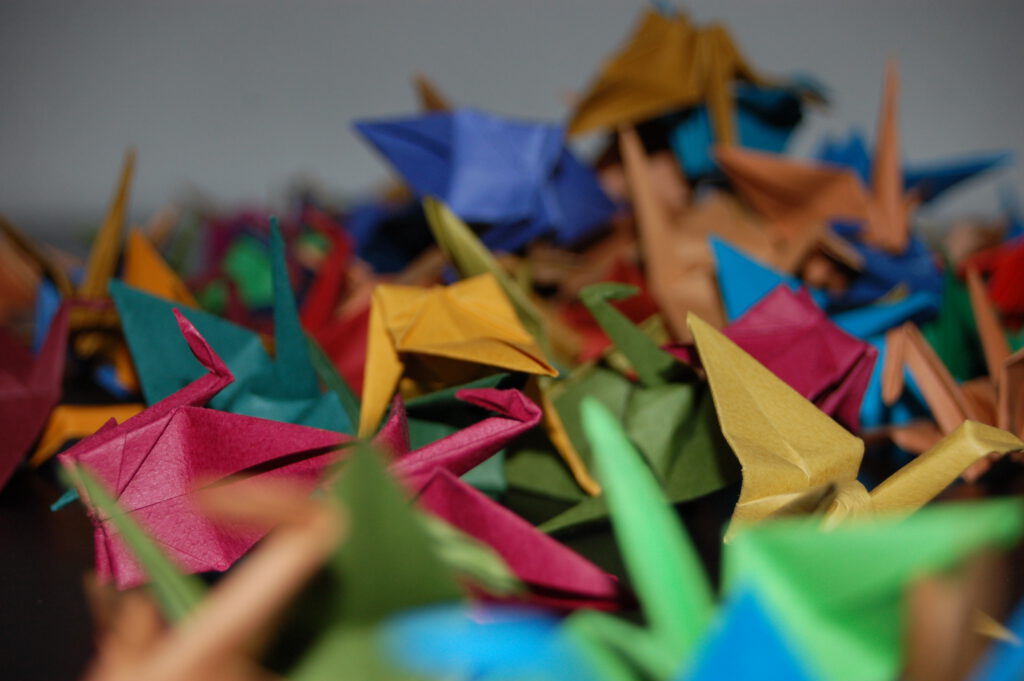
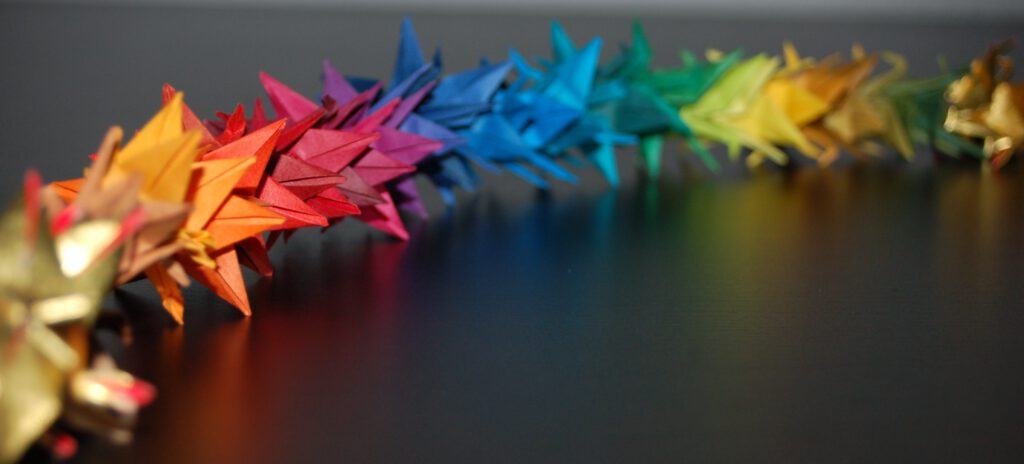
An old Japanese legend says that whoever folds 1000 origami cranes (千羽鶴 - Sen Bazuru), dem wird ein Wunsch erfüllt, ewiges Glück oder eine rasche Genesung geschenkt.
And while I was in no way superstitious, my first thousand cranes fulfilled exactly that purpose for me. They were for me the expression of my new endeavour. As I folded, I could feel mindfulness in my life again and come closer to those desires.
More and more I was able to give my life direction again. I realised that my love of life did not stand in the way of my sympathy. The visits to the hospital changed, I no longer saw them as a premature trip to the cemetery, but could draw strength from them again.
Even if my mother never let on, I realised at that moment that she too had been on the verge of losing hope.
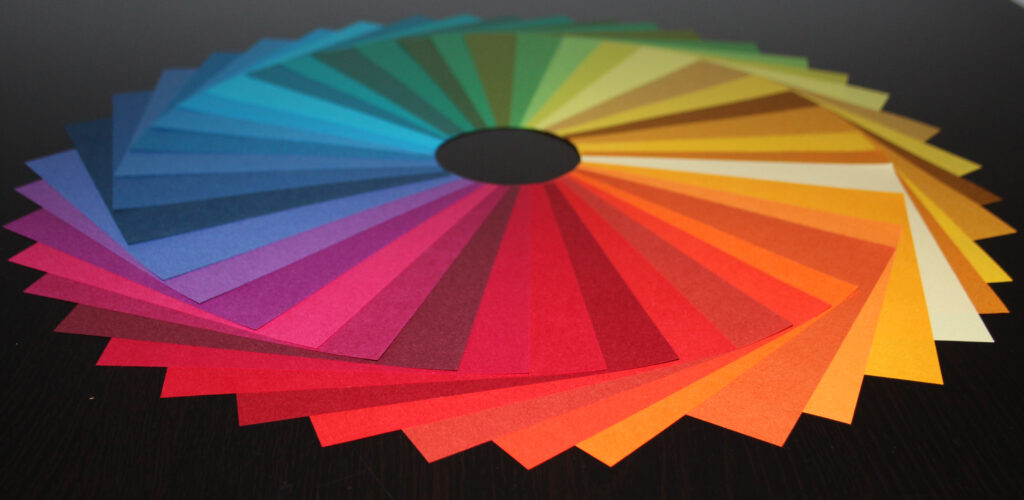
But when I returned to her increasingly changed, these visits again became a source of strength for both of us.
I came up from a dark place while my mother was also slowly starting to recover.
We could never know when the cancer would return, but as long as my mother and I could enjoy our time together again, we formed new beautiful memories day by day.
I was able to take control of my life again. I redefined my goals and ambitions. I tackled the huge pile of abandoned tasks again.
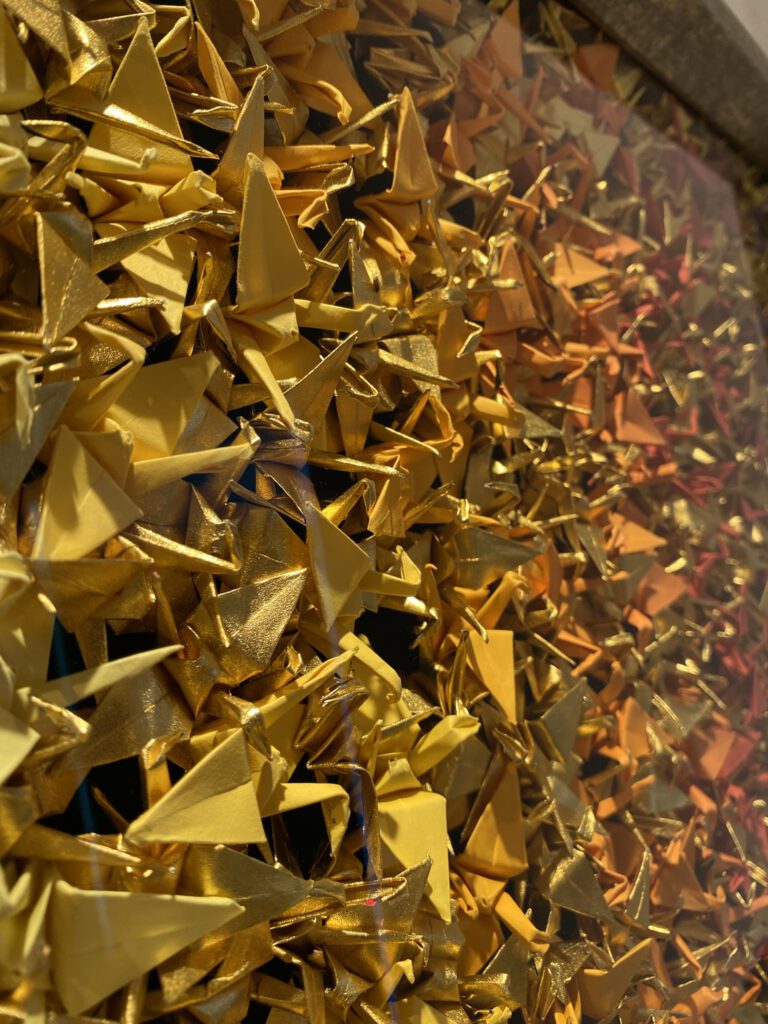
It was as if I was returning to a neglected flat after a long absence. I believed in myself again and had hope again. I could breathe freely again and finally bring order back into my life and relationships.
On my way out of the crisis, I never stopped folding and the cranes gathered. At first I threaded them on strings and hung them up, but over time they began to gather dust and fade. Then I started putting them in thick picture frames.
At first I just grabbed them randomly and pressed random colours and sizes against the glass without intention. But after a while I began to form patterns, to arrange the colours and alignments of the individual cranes. And suddenly each frame had its own look and individual character.
My own ideas and compositions quickly began to form in my head and I started to select the paper - with the end result already in mind.
The process of arranging also became a kind of meditation for me, inspired by the Japanese art of flower arranging (活け花 - Ikebana), the art of bringing out the inner qualities of the flowers used to express emotions.
